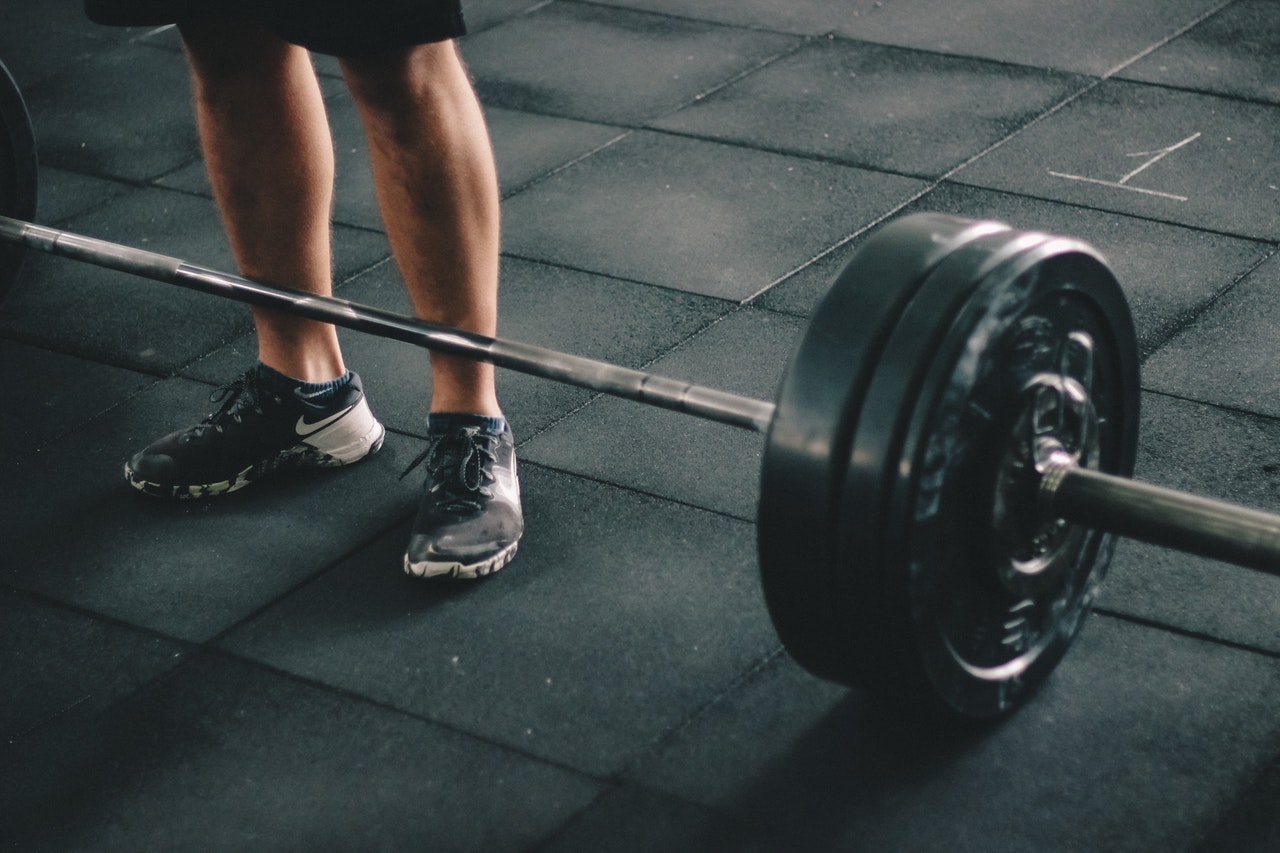
I always get asked:
“If training a muscle group twice a week, should it be one heavy, one light or two medium sessions?”
When responding to questions like this one about how to train for both strength and hypertrophy, I always respond by mentioning the following:
- I really do both in the same workout – see the video below.
- Don’t think about muscle groups; think about movements. It gives you a lot more possibilities to program your workout, so you don’t get stuck with ‘chest’ or ‘back’ training – the point is, as long as you program different movements, you can involve the same muscle groups in consecutive days. Movements are:
- Squat (squats and the landing phase of the jump)
- Hinge (deadlift, rdl, leg raises, jumps, all that stuff)
- Press (overhead, incline, sagittal forward, dips) and pushups
- Rows (sagittal backward, bodyweight or loaded)
- Pull-ups (transverse, aka vertical)
- Gait (lunges, sprints, carries, sleds and other locomotions)
“Correct strength training is actually fun and extremely beneficial. Hypertrophy training builds muscle. I use a protocol based on the inverse Hennemann principle and Conjugate periodisation, with the use of supersets (or even giant sets), to continously improve strength while putting in enough volume for hypertrophy – as well as rest to recover. Sounds like magic, but it’s quite simple. To train for strength without causing damage, you should be lifting sub-maximal loads for short amount of time. That is, a not-so-freakishly-heavy-five as a set. Or a three. Nothing below, nothing above. You should also rest a lot, between 2–10 minutes, so you have the chance to recover – otherwise you are killing your nervous system.
A squat day’s meat and potato looks like this:
- 1a: Front Squat (heavy) – 3reps
- 1b: Deadlift (light) – 5–8reps
- 1c: Pull-up – 7–10reps
- 1d: Jack-Kinfe Dip – 5–8reps
Repeat this for 8–10 sets.
Start your stopwatch once you re-racked the front squat, and don’t walk back to it until 2–3 minutes passed. You may want to take ±30 seconds of rest between the individual exercises too. The squat is the heaviest, but still sub maximal. The rest are on the verge of pathetic, they just help you to improve your squat. The power of this method lies in its ability to hide little ‘corrective’ exercises within the giant set so you can improve your main lift between sets by ‘honing’ your movements. Think of it like a good chef tasting and adjusting the soup as it cooks.”



